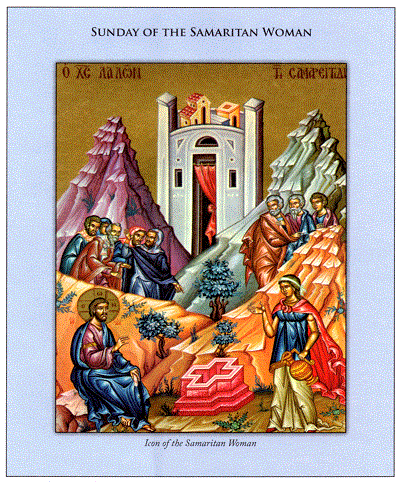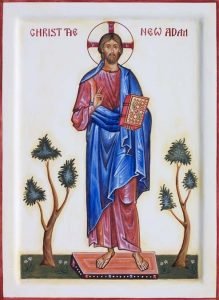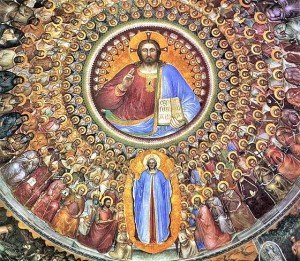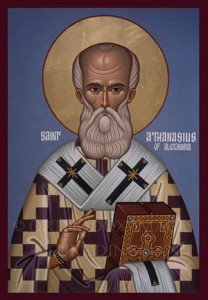 The existence of eye-witnesses to Jesus marked the first years of Christianity. As the apostles dispersed, and after their death, the preservation of the memory of Jesus’ deeds and words became a problem. Moreover, catechetical needs required the organization of extant oral testimonies into compact units. This gave rise to the pre-Gospel collections of material and ultimately to the Gospels themselves. These written documents were no substitute for oral witness, as we hear from Papias, who, early in the 2nd century, was still seeking oral testimony even though he knew of written records. Other exigencies, such as the threat of heresy or of persecution, produced additional New Testament (NT) works.
The existence of eye-witnesses to Jesus marked the first years of Christianity. As the apostles dispersed, and after their death, the preservation of the memory of Jesus’ deeds and words became a problem. Moreover, catechetical needs required the organization of extant oral testimonies into compact units. This gave rise to the pre-Gospel collections of material and ultimately to the Gospels themselves. These written documents were no substitute for oral witness, as we hear from Papias, who, early in the 2nd century, was still seeking oral testimony even though he knew of written records. Other exigencies, such as the threat of heresy or of persecution, produced additional New Testament (NT) works.
Once the followers of Jesus had various Christian writings, what factor determined which ones were to be preserved and were to be considered as uniquely sacred? We know that some 1st century writings were not preserved and other early works that were preserved were not accepted as a part of the NT canon or collection.
The following factors were important. First, apostolic origin, real or putative, was very important, particularly when it came to acceptance. The canonicity of Hebrews and Revelation was debated precisely because it was doubted whether they were written by Paul and John respectively. Today, we understand that such apostolic origin is to be taken in the very broad sense that “authorship” has in biblical discussion. Often this means no more than that an apostle had a traditional connection with a given work. By the stricter standards current today, it may be legitimately questioned whether a single NT work comes directly from any one of the Twelve.
Second, most of the NT works were addressed to particular Christian communities, and the history and importance of the community involved had much to do with the preservation and even with the ultimate acceptance of these works. Its seems that no work emerging directly from the Palestinian community has been preserved, although some of the sources of the Gospels and Acts were probably Palestinian. The probable reason for this loss lies mainly, it is believed, in the disruption of the Palestinian Christian community during the Jewish-Roman war (66-70). Syria seems to have fared better, for apparently Syrian communities were addressed in Matthew, James and Jude. The churches of Greece and Asia Minor seem to have preserved the largest portion of NT material (i.e., the Pauline, the Johannine, and perhaps the Lucan writings).
The church of Rome preserved Mark, Romans and perhaps Hebrews and the Lucan writings.
It is essential, I believe that we have a solid understanding of the NT since it is our SACRED WRITINGS. There are a lot of different theories. The ones I present are accepted by the Catholic Church!






